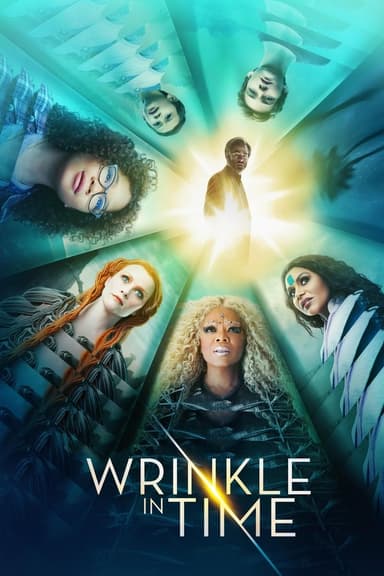
Miss Peregrine's Home for Peculiar Children
2016 • Adventure, Drama, Family, Fantasy • PG-13
A teenager finds himself transported to an island where he must help protect a group of orphans with special powers from creatures intent on destroying them.
Runtime: 2h 7m
Why you should read the novel
While the movie dazzles with special effects and Tim Burton's signature style, the original novel by Ransom Riggs offers a much richer and immersive experience. The book weaves text and haunting vintage photographs, giving depth to the peculiar world and its inhabitants in a way the film simply cannot match. Fans of detailed worldbuilding and atmospheric storytelling will find themselves transported into a fascinating mystery that unfolds page by page, making each discovery more personal and satisfying than on screen.
Reading the source novel draws you into Jacob’s internal journey, fleshing out his emotional struggles and personal growth far more deeply than a film ever could. The story’s haunting visuals, provided by strange and evocative real-life photos, let your imagination fill in what even the best CGI can’t conjure. You'll come to understand the complexities of the peculiar children, their relationships, and the subtle nuances of Miss Peregrine herself with greater clarity.
Furthermore, the book’s slower pace allows you to savor the suspense and wonder, building a connection to the peculiar world that lingers long after you’ve turned the final page. The sense of discovery is yours, not just something witnessed. For anyone captivated by magical mysteries and odd histories, reading Ransom Riggs's novel is a rewarding journey that transcends its cinematic adaptation.
Adaptation differences
Many elements diverge from page to screen in Miss Peregrine's Home for Peculiar Children. One of the most notable changes is the swapping of the central female characters' peculiarities: in the book, Emma controls fire and Olive is lighter than air, but the movie reverses these, making Emma the one who floats while Olive manipulates fire. This results in altered character dynamics and changes how significant scenes unfold.
The movie also condenses and reimagines the supporting cast of peculiar children, omitting or combining some characters to streamline the runtime. Notably, some peculiar children from the novel are missing in the film, while others have their peculiarities or personalities altered, which impacts the richness and diversity of the group dynamic presented in the source material.
Plotwise, substantial portions of the story are either cut or drastically changed, particularly the ending. The film creates a new climactic battle and resolves the plot with a more action-heavy conclusion, diverging from the book’s more mysterious and open-ended finale. It also simplifies the time loop concept, making it easier for viewers but less intricate compared to Riggs’s original vision.
Finally, the movie chooses to lean heavily into visual spectacle and fast pacing, resulting in the loss of much of the book's eerie atmosphere and slow-building suspense. Emotional depth, the complexity of Jacob’s journey, and key relationships receive less attention, leaving book readers with a very different emotional experience. While the film paints a memorable visual tapestry, the novel’s nuanced storytelling and introspective tone are largely left behind in the adaptation.
Miss Peregrine's Home for Peculiar Children inspired from
Miss Peregrine's Home for Peculiar Children
by Ransom Riggs



